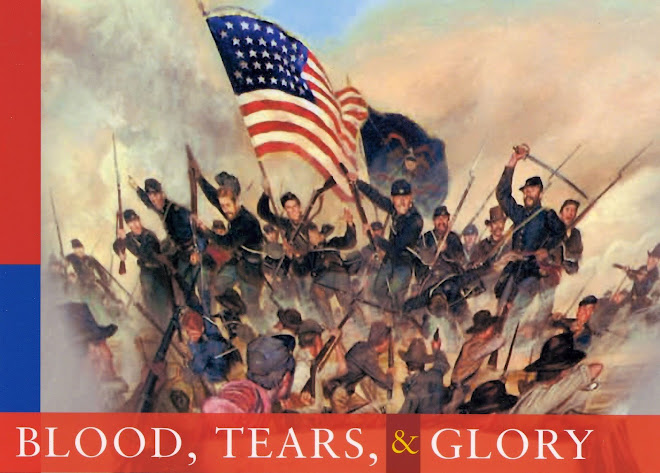Since Saturday, the newly organized Department of Missouri has been under the command of Maj. Gen. Henry W. Halleck. Halleck, a West Pointer nicknamed “Old Brains” for his knowledge of all things military, will prove a better soldier behind the desk than on the field. Under Halleck but very much unlike him, Brig. Gen. Ulysses S. Grant itches for battle, to no avail. The extremely cautious Halleck keeps him on a short leash. In his memoirs, Grant will remember, “From the battle of Belmont (November 7) until early in February 1862, the troops under my command did little except prepare for the long struggle which proved to be before them.”
An occasional diversion for Grant is the meeting with Confederate officers from their garrison at Columbus, Kentucky, downriver from Cairo. “They seemed to be very fond of coming up on steamers under flags of truce,” Grant will recall after the war. The meetings--for such purposes as the exchange of prisoners--allow Grant to make an observation. Far more Southern officers had been trained for, and been experienced in, warfare than Union officers, he noted, which impressed him “with the great advantage the South possessed over the North at the beginning of the rebellion.”
In western Virginia, skirmishes occur again at Cotton Hill, involving the 13th Ohio, but without casualties, and at Laurel Creek, involving the 12th and 13th Ohio, resulting in one Union soldier killed and two wounded. Stationed elsewhere in the region but not far away, Lt. Col. Rutherford B. Hayes is unaware of these clashes. Such was the nature of communications in an age of horses and limited telegraph service.



No comments:
Post a Comment